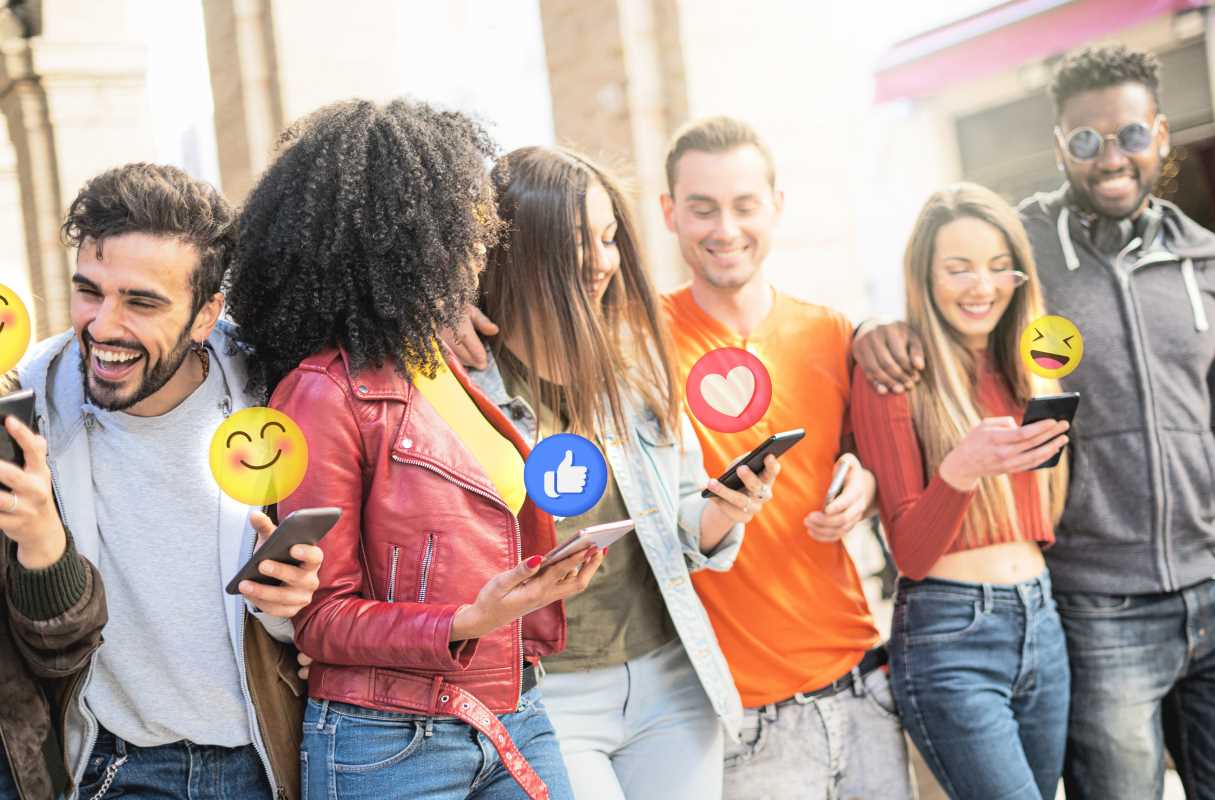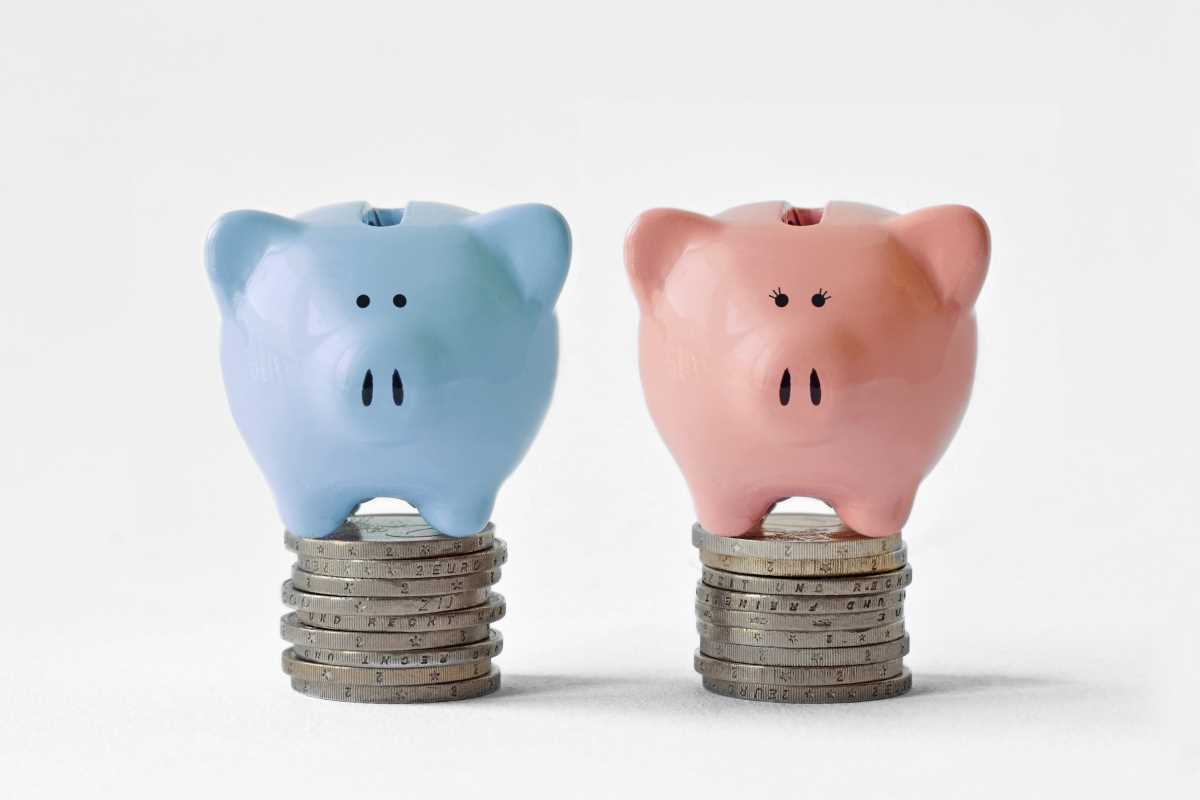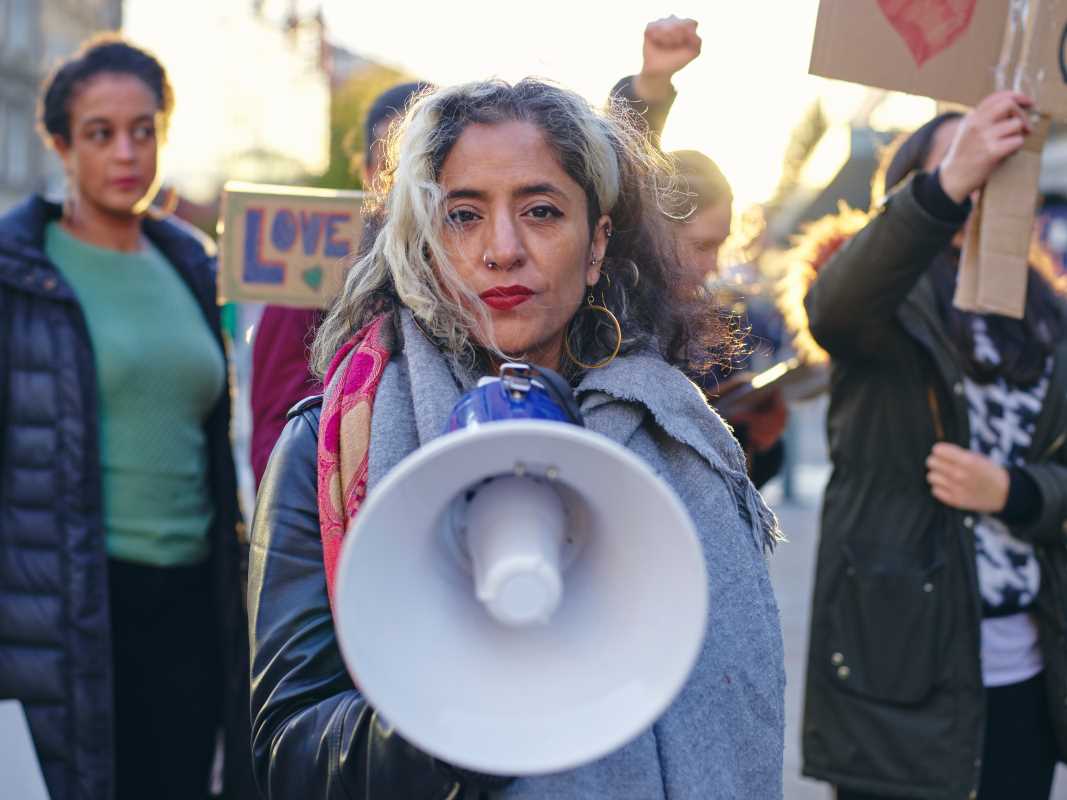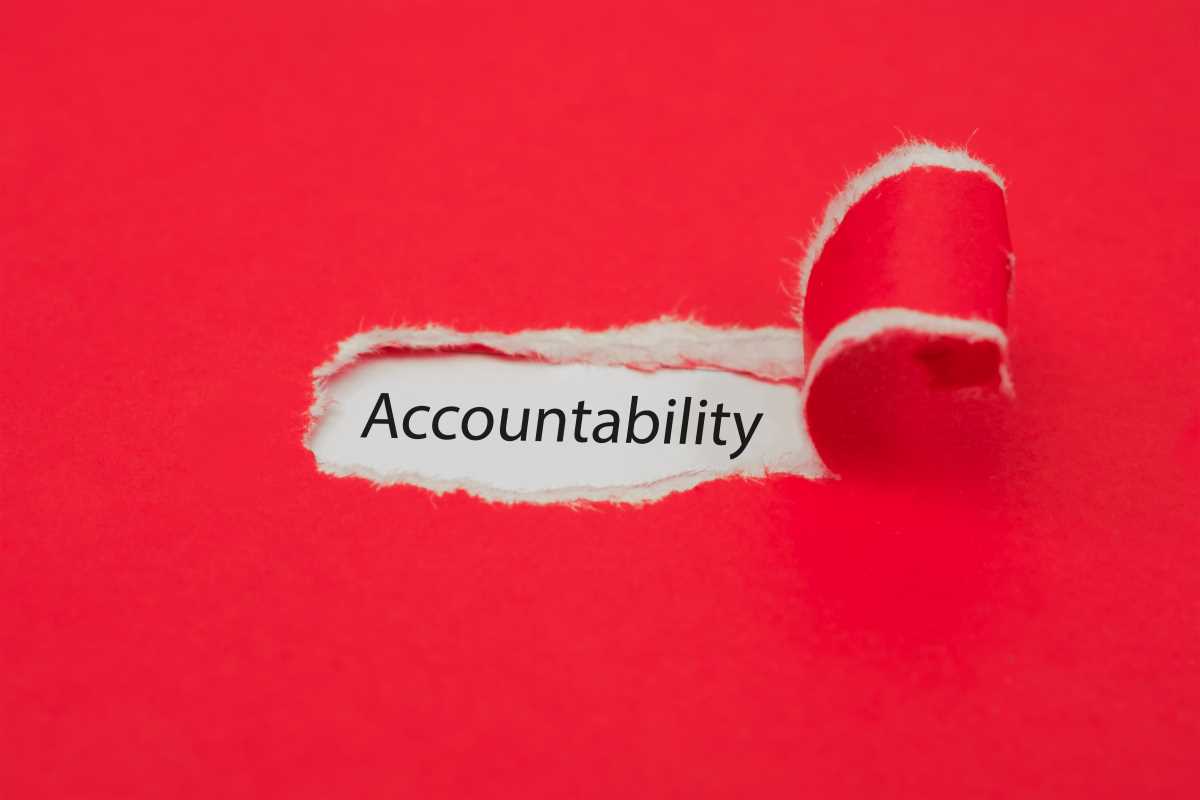Open any social media app, and you’re bound to see something trending: a funny video, an inspiring post, or even a “nobody saw that coming” dance clip. But have you ever wondered why certain pieces of content explode online while others stay in the shadows? Going viral might seem like a random stroke of luck, but behind the scenes, there’s more to the story.
Increasingly, conversations about virality have turned to the role of algorithms, privilege, and even race. Why is it that some creators struggle to gain recognition despite their talent, while others seem to skyrocket with ease? If you’ve been wondering how much influence race and privilege hold in the world of social media fame, you’re not alone.
This blog explores the deeper dynamics behind virality, peeling back the layers of race and privilege, and how these intersect with social media algorithms. The story of who gets to go viral isn’t just about catchy trends or clever content – it’s also about systems, biases, and unseen barriers that shape online fame.
How Do Algorithms Decide Who Goes Viral?
Before we talk about privilege and race, it’s crucial to understand algorithms. These are the rules and calculations that decide what content shows up in your feed and what gets amplified. Whether you’re scrolling through TikTok, Instagram, or YouTube, algorithms are working behind the scenes to predict what you’ll like, engage with, and share.
The Algorithm's Goals
On a basic level, algorithms are designed to keep you glued to the platform. They want to boost content that’s likely to get clicks, shares, and comments because more engagement = more ad revenue. But in doing so, algorithms often prioritize patterns over fairness.
- Engagement Bias: Content that’s shared a lot gets pushed to even larger audiences. But engagement doesn’t always reflect quality or fairness. It often skews toward eye-catching or sensational posts, leaving quieter (but potentially more important) voices behind.
- Existing Popularity: Platforms prefer to boost creators who are already popular. This “rich-get-richer” system makes it harder for newer or less-known creators to get noticed.
Now, add privilege and race into this mix, and the issue becomes even more complicated.
The Role of Privilege in Virality
Privilege isn’t just about access to fancy equipment or professional content production. It’s baked into the way society operates and directly impacts who gets opportunities, visibility, and support.
Financial Privilege
Going viral often requires resources. Creators need good lighting, high-quality cameras, editing software, and sometimes even paid promotion to make professional-looking content. People who can afford these tools have a clear advantage in the race to grab attention online.
Financial privilege also means having the time to create content. Many creators juggle side-hustles or other responsibilities, while wealthier individuals have the flexibility to commit full-time to building their online presence.
Cultural Capital
People from privileged backgrounds often enjoy easier access to the trends and aesthetics that are “in demand.” For example, knowing the right music, slang, or fashion trends can make or break a post. Creators with cultural capital may naturally align with what’s deemed relatable or aspirational by wide audiences, giving them a head start.
Appearance Privilege
It’s no secret that social media often favors conventional beauty standards, especially Eurocentric ones. Studies have shown that users who align with these ideals tend to attract more likes, followers, and engagements, regardless of the quality of their content. This creates an uneven playing field for creators who don’t fit these standards.
How Race Impacts Online Fame
Race plays a significant role in shaping who gets visibility (or, more importantly, who doesn’t). Social media is often lauded as an equalizer where anyone can “make it big.” But in reality, there are systemic biases at play.
The Erasure of Black and Brown Creators
One of the most blatant examples is the erasure of content created by people of color. Time and time again, viral trends started by Black creators have been co-opted by non-Black influencers who then reap the rewards. For instance, TikTok dances created by Black users often blow up when performed by white creators. The original creators get little to no credit, while others gain followers, partnerships, and income.
Shadow-Banning
Many creators of color have reported being “shadow-banned.” This means their content is deliberately hidden or deprioritized by the algorithm, making it harder for their posts to reach wider audiences. While platforms often deny these accusations, the experiences of countless creators suggest that unconscious or systemic biases may be at work.
Bias in Audience Engagement
Race-related bias doesn’t just come from algorithms; it also exists in audience behavior. Historically, audiences tend to give fewer likes, shares, and follows to content from marginalized communities, even when that content showcases equal or higher quality than similar posts by non-marginalized creators.
The Viral Success Stories We Don’t Hear
While much of this blog has focused on barriers, it’s also important to celebrate the triumphs of creators who’ve broken these patterns. Often, creators of color and others from marginalized backgrounds succeed not because of the system, but despite it.
Lizzo and the Body Positivity Movement
Lizzo’s rise to fame is a great example of leveraging virality while challenging societal norms. She blends musical talent, strong messages about body confidence, and an unapologetic celebration of Black joy. But Lizzo’s path was far from straightforward. She worked tirelessly for years before her content finally blew up, showing that viral fame is often preceded by unseen hard work.
Tabitha Brown and Relatability
Known for her soothing voice and vegan recipes, Tabitha Brown became one of the most beloved creators on TikTok. Her success was built on authenticity and relatability, breaking the stereotype that you need to conform to social media trends to “make it.” Yet, her rise also highlights how long it took for a voice like hers to gain mainstream recognition.
Can the Algorithm Be Fixed?
Fixing the biases in social media requires change at multiple levels. While no system will be perfect, platforms can take steps to ensure they’re promoting fairness.
Incorporating Diversity
Algorithms need to be designed with diversity in mind. By actively prioritizing content from underrepresented creators, platforms can help level the playing field and celebrate a wider range of voices.
Improving Transparency
Many people don’t understand how algorithms work, which leaves room for suspicion and confusion. Platforms should make their processes more transparent, allowing users to see exactly how content is prioritized.
Supporting Marginalized Creators
One way to address inequality is by creating funding, sponsorship, and promotional opportunities specifically for creators from marginalized communities. Highlighting underrepresented voices isn’t just good for diversity – it offers audiences fresh perspectives and ideas.
What You Can Do
Even as an individual user, you have power. A few small actions can help shift the tide and create a more equitable online environment.
- Engage with diverse creators by liking, sharing, and following their content. This boosts their reach within the algorithm.
- Call out erasure when you see marginalized creators’ work being stolen or ignored.
- Educate yourself about systemic bias in social media and use your platform to advocate for fairness.
 (Image via
(Image via





